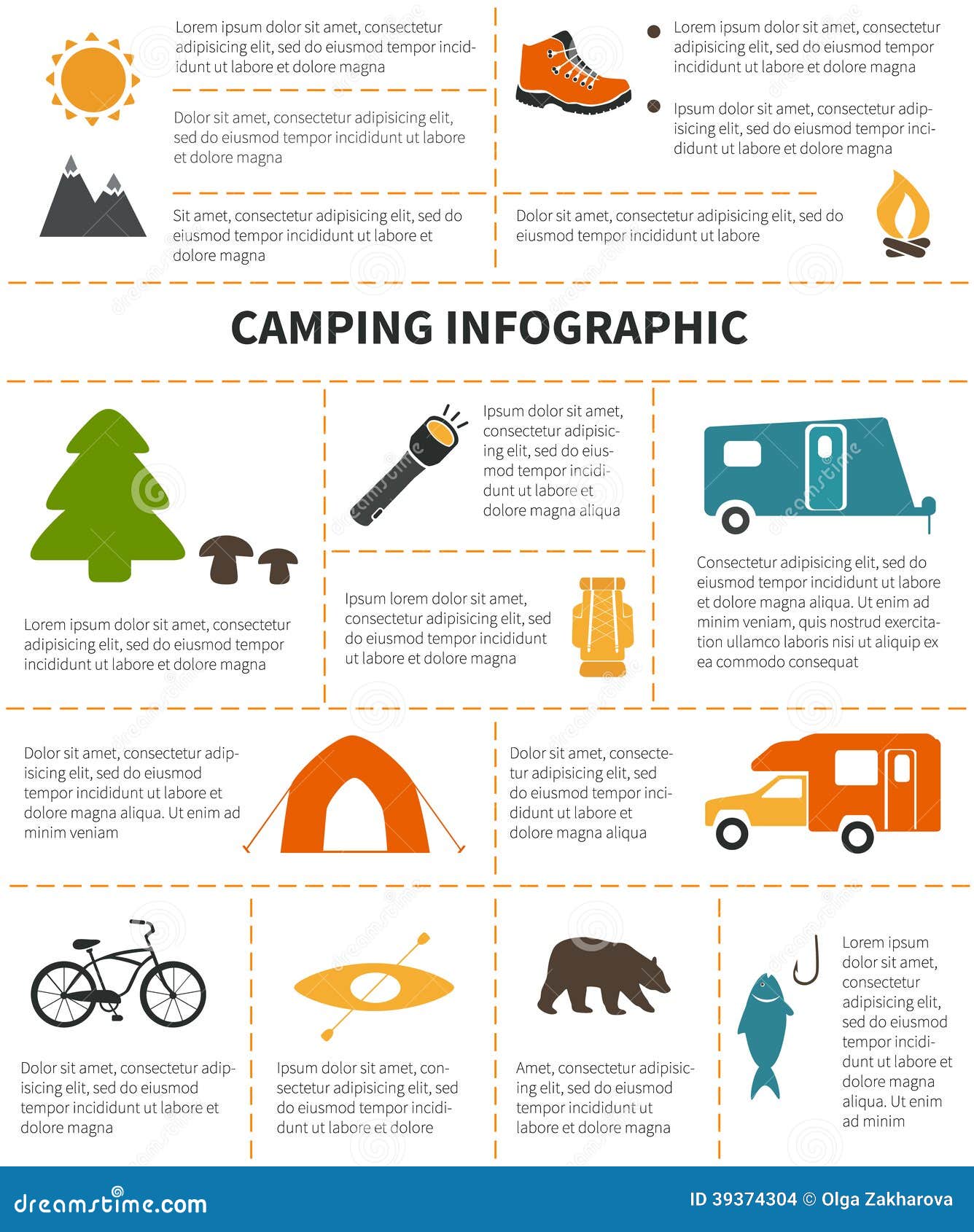Essential Frame Accessories Every Camper Needs
Just How Rain Flies Prolong the Life of Wall Surface TentsRain flies are a necessary device for wall camping tents. They boost the capacity of a tent to secure campers from severe weather conditions while offering included convenience and durability.
Routine cleansing of a rain fly maintains mud, mildew, and debris from ruining it. Also, making sure the proper stress of a rainfly prevents it from drooping and allowing water to gather underneath.
Weather Condition Resistant Materials
The product used in building projects can impact the longevity and toughness of the project. Selecting weather-resistant products helps reduce upkeep costs and conserves sources for future repair work and substitute.
Wood might not be the first product that enters your mind when talking about climate resistance, but it is very sturdy when appropriately treated with chemicals. Cedar, redwood, and teak are examples of normally rot-resistant woods made use of to make a variety of outside furnishings and structures.
High-performance canvas wall outdoors tents are designed to withstand dampness and keep campers comfy. It is important to tidy canvas and outdoors tents on a regular basis to remove dust, mud, and dirt. It is additionally essential to rinse off any kind of residue from the canvas camping tent prior to saving it away for use. Prevent making use of bleach, as it ruins the water-resistance treatment and makes the outdoor tents more prone to leak. Alternatively, a soft brush and a pipe can be made use of to thoroughly scrub the canvas tent and rinse it off with water up until it is totally filled.
UV Exposure
Unless a camping tent is made from UV-resistant material, long term direct exposure to sunlight will trigger it to weaken. This holds true of all fabrics, but it's especially noticable for outdoors tents and canvas frameworks because of how much they're used in outside setups. UV radiation can create dyes to break down, leading to a loss of color vibrancy.
A rainfly safeguards wall camping tents from these unsafe UV rays by reflecting them before they can penetrate the structure and reach your skin. It is very important to select a rainfly with a UPF ranking of 50 or greater to obtain optimum UV protection.
A rainfly also helps control the temperature level inside a camping tent depending upon the period. A lighter rainfly can maintain outdoors tents from soaking up too much heat in the summertime, while a larger rainfall fly can aid protect against heat from escaping the tent during colder months. In either case, these additional layers of insulation can considerably extend a tent's lifespan.
Moisture Damage
Canvas tents are fairly durable and can last 15-30 years with diligent care, but also one of the most high-performance canvas is not unsusceptible downpours. A rain fly or fly sheet adds a layer of protection for the roof of your canvas tent and helps prevent moisture damage.
Condensation, mold, and mold are not just unattractive, however they can likewise ruin the structural honesty of your canvas outdoor tents. Protecting against these troubles is easy, yet it calls for precise treatment and focus to detail.
Make it a routine to check your outdoor tents in the early morning and get personalized bag rid of any type of natural condensation, dew, or snow that has actually collected on the surface. Afterward, make sure to spread your outdoor tents out in an open location and make use of a soft brush to scrub away any kind of mold and mildew and mold that has actually created. Once you have actually eliminated the affected areas, re-treat the camping tent with a mold awesome service and wash it thoroughly to prevent any future infestations.
Moisture Buildup
While typical, condensation can damage products if left unattended. Fortunately, positive methods like cleaning surface areas and airing out outdoors tents minimize condensation' impact.
Camping tent material, environment problems and use patterns add to condensation degrees. Sailcloth, as an example, resists water vapor evaporation and tends to display beaded droplets more readily than polyester or nylon options. Understanding this difference informs exactly how camping tent owners handle condensation.
Resident's exhaled breath and wet clothes and devices spike humidity levels. A lack of ventilation techniques enables wetness to condense when warm interior air meets cooler surface temperature levels. This cycle amplifies on moist evenings or when an outdoor tents is placed in reduced areas. Checking and wiping camping tent surfaces instantly after cooling encourages dampness to spread prior to harmful materials or developing mold. Localized air movement, such as routing a follower toward seams, further help the procedure. Acknowledging the most vulnerable areas of an outdoor tents, like high ridges and edges, assists campers improve their moisture management regimens.
